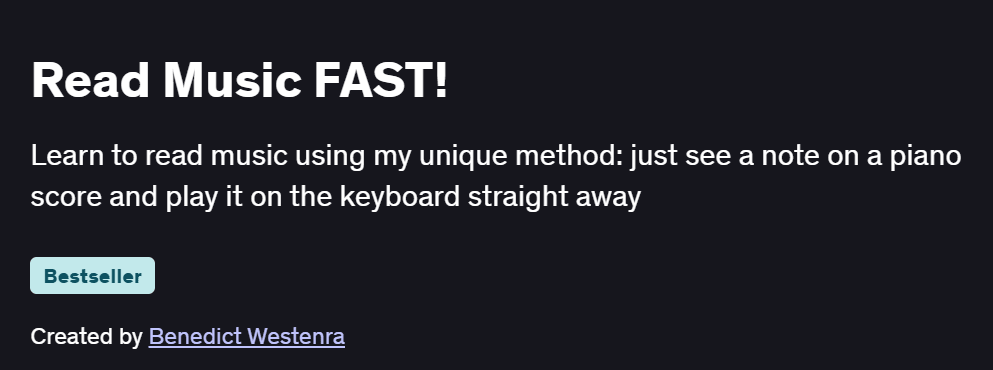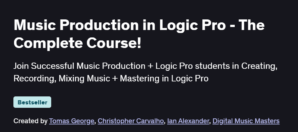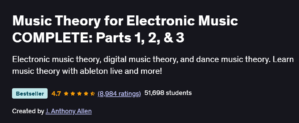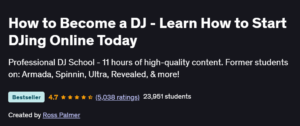What will you in Read Music FAST! Course
Quickly recognize notes on the staff and locate them on your instrument
Understand rhythm values, rests, and time signatures for accurate timing
Decode key signatures, accidentals, and clefs without hesitation
Build left- and right-hand coordination (for piano) or positional fluency (for other instruments)
Develop strategies to sight-read new pieces confidently at first glance
Program Overview
Introduction to Sight-Reading Basics
⏳ 30 minutes
The importance of sight-reading and common challenges
Overview of the grand staff (treble & bass clefs) and note identification
Rhythm & Timing Fundamentals
⏳ 45 minutes
Reading and clapping basic rhythms: whole, half, quarter, eighth notes, and rests
Simple time signatures (2/4, 3/4, 4/4) and counting techniques
Key Signatures & Accidentals
⏳ 45 minutes
Understanding sharps, flats, and naturals in key signatures
Quick identification drills for major and minor keys
Interval Recognition & Pattern Reading
⏳ 1 hour
Spotting melodic intervals and scale fragments on the staff
Common sight-reading patterns: stepwise motion, skips, and arpeggios
Hands Coordination & Spatial Mapping
⏳ 1 hour
Strategies for piano: coordinating hands and reading two staves simultaneously
Approaches for other instruments: mapping staff to finger positions
Progressive Sight-Reading Exercises
⏳ 45 minutes
Applying learned skills to graded sight-reading passages
Tips for maintaining tempo, overcoming mistakes, and building fluency
Get certificate
Job Outlook
Strong sight-reading skills are prized by ensemble musicians, orchestral players, and accompanists
Essential for studio musicians, session work, and music educators who must adapt quickly
Enhances performance confidence for soloists, choir members, and band players
Provides a competitive edge in auditions, rehearsals, and collaborative music settings
Specification: Read Music FAST!
|
FAQs
- No prior music or sight-reading experience required.
- Teaches note recognition on the staff and instrument mapping.
- Covers rhythm, rests, time signatures, and key signatures.
- Includes hands-on drills for practical learning.
- Suitable for pianists, instrumentalists, and vocalists.
- Step-by-step progression from basic rhythms to complex passages.
- Daily practice exercises enhance fluency and speed.
- Builds left- and right-hand coordination for pianists.
- Applies pattern recognition and interval spotting for faster reading.
- Encourages confidence in performing new pieces quickly.
- Strategies apply to piano, strings, winds, and vocals.
- Focuses on reading skills transferable across instruments.
- Includes positional fluency for non-piano instruments.
- Encourages mapping staff to finger positions or pitch.
- Useful for choir members, band players, and studio musicians.
- Teaches maintaining tempo and rhythm under pressure.
- Provides techniques to recover from mistakes quickly.
- Includes progressive sight-reading exercises for practice.
- Focuses on fluency and performance confidence.
- Enhances readiness for collaborative and solo performances.
- Valuable for session musicians and studio work.
- Enhances audition and rehearsal preparedness.
- Builds skills for orchestral, ensemble, or solo performance.
- Prepares learners for teaching or coaching roles.
- Provides a certificate to demonstrate competency.





